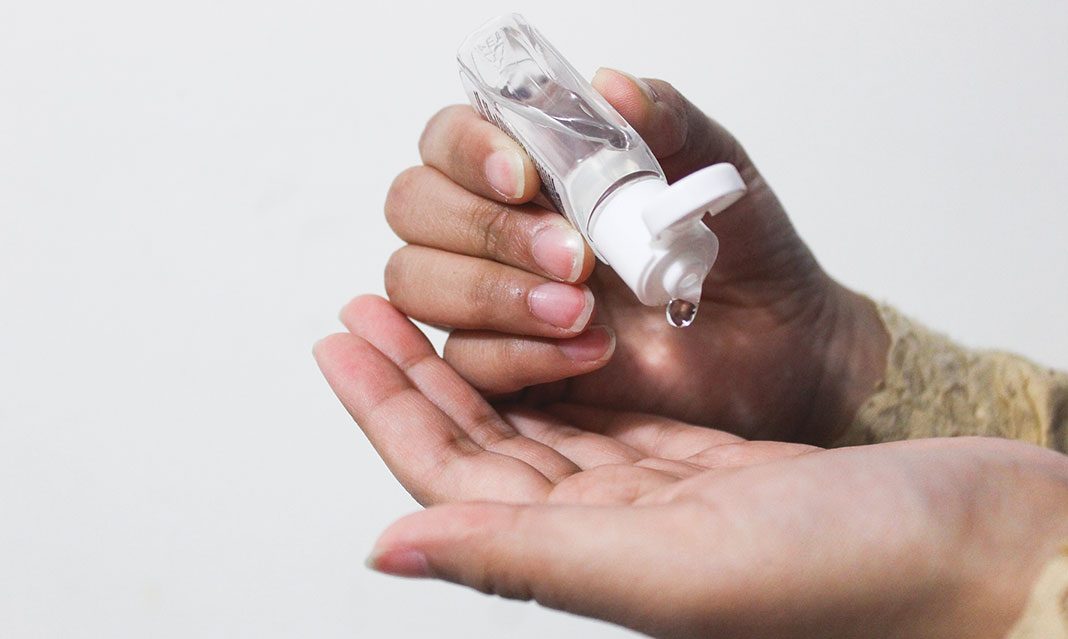Mysophobia, or germophobia as it is commonly known, is defined as a pathological and irrational fear of germs or contamination. Considering the fact that most germs are harmful, mysophobia may seem logical. However, not all germs are injurious to health, and on the contrary, some are even necessary to maintain a healthy immune system. Mysophobia extends far beyond a cautionary aversion of germs to an almost overwhelming impulsion. In fact, it’s closely related to OCD, which can itself drastically increase chances for having mysophobia. Overall, this association entails an obsessive preoccupation with germs that constantly diverts attention to the possibility of contamination. As such, the secondary aspect of this condition involves being engrossed by compulsive behaviour to reduce the apparent perception of contamination. Mysophobia is also linked to a prevalence of anxiety or depression within family members. Thus, one can be genetically predisposed to developing the phobia. As well, trauma or distressing life events can also act as a major instigator, including an upbringing focused on cleanliness. Such traumas are found to be statistically and extensively correlated with mysophobia. This can include experiencing yourself or witnessing loved ones undergo a certain disease that subsequently triggers a strong aversion to germs within the individual’s psychology.
Although symptoms for a phobia manifest when the fear-eliciting stimulus is present, the mere thought or apprehension of it can also elicit a strong influence. Mysophobia compels an individual to avoid anything that may be perceptively in close proximity to germs. This can include various tasks such as shaking hands, or even avoiding locations such as public bathrooms. Not to mention, individuals usually engage in excessive cleaning or decontamination, especially in their home. Washing hands or showering continuously is also a common symptom that can lead to skin damage, if done to an excessive extent. In addition, cleanliness involves not sharing your own, or others’, personal items and belongings. Lastly, a major constituent of mysophobia is also avoiding physical contact with others, including social situations involving close contact or crowds.
Physical symptoms that act as common indicators of a person with mysophobia, including nausea, breathlessness, sweating, increased heart rate and blood pressure, trembling, choking, chest pain, dizziness, and even an underlying fear of dying.
Treatment involves either psychological counselling or medication, although a combination of both is usually most effective. The former strategy includes therapy, particularly exposure therapy, where the stimulus that is causing the phobia is exposed to the individual in a gradual progression. This method is continued until the patient can fully control his phobia while under the complete presence of the stimulus. This exudes a safe process that utilizes habituation to ease the patient into overcoming mysophobia. Cognitive behaviour therapy can also be applied where the focus is maintained on exposing and changing the negative mechanisms and patterns of thinking that lead to self-destructive behaviour. Medication can also be useful with careful moderation and includes commonly prescribed selective serotonin reuptake inhibitors or anti-anxiety medications.




The wire saw is broken and the water drops are worn